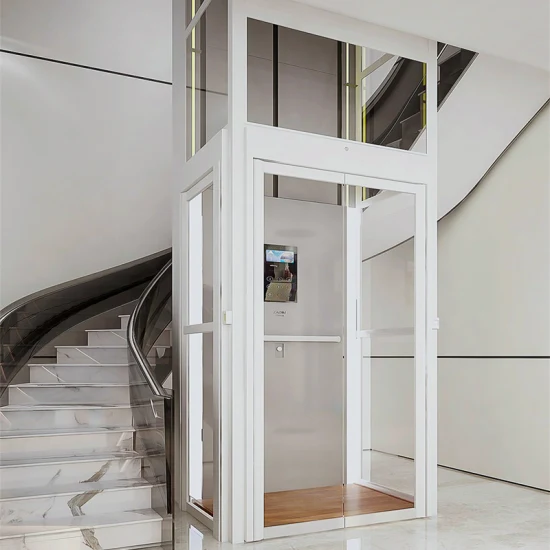We Maintain Lifts with Precision: Ensuring Safety and Efficiency
We Maintain Lifts with Precision: Ensuring Safety and Efficiency
Blog Article
Exploring the Globe of Lifts: Typical Issues Encountered by Numerous Lift Devices
As we browse via the upright transport systems of modern-day buildings, elevators stand out as an essential part of our day-to-day lives. From hydraulic lifts to grip systems and machine-room-less styles, each lift kind comes with its set of common concerns.
Hydraulic Lifts
Hydraulic elevators, usually chosen for low-rise structures, make use of fluid stress to control the activity of the lift car (lift repair companies). This mechanism involves a hydraulic pump pressing oil into a cyndrical tube, creating the elevator to relocate the wanted instructions. While hydraulic elevators are understood for their smooth and quiet procedure, they do come with their very own collection of typical problems
One widespread trouble with hydraulic elevators is oil leak. Furthermore, concerns with the control system, such as malfunctioning valves or a malfunctioning pump, can trigger disruptions in the elevator's activity.
Routine maintenance and punctual repair work are necessary to ensure the smooth functioning of hydraulic lifts. By resolving these usual problems proactively, structure proprietors can minimize downtime and ensure the safety and security and effectiveness of their upright transport system.
Grip Elevators
When considering upright transport systems in structures, an additional common type besides hydraulic elevators is the traction elevator. Grip lifts run utilizing a system of ropes and counterweights that relocate the elevator vehicle by grasping onto the hoist ropes. This device enables smoother and faster upright transport compared to hydraulic systems.
Among the typical concerns faced by grip elevators is rope wear. The continuous motion of the ropes within the traction system can cause damage with time, potentially triggering the lift to malfunction or become dangerous for usage. Regular examinations and maintenance of the ropes are important to make sure the elevator's proper performance and safety and security.
Another issue that grip lifts may run into is connected to the control system. Problems with the control system can lead to concerns such as irregular motion, hold-ups in action times, or perhaps full closures. Routine screening and upkeep of the control system are essential to avoid such issues and guarantee the lift's reliability.
Machine-Room-Less (MRL) Elevators

Among the essential components of MRL elevators is the compact gearless traction device that is mounted within the hoistway. This machine effectively drives the lift cars and truck without the demand for large devices discovered in typical grip lifts. Furthermore, MRL elevators generally utilize a counterweight system to balance the auto, more enhancing their power performance.
Despite their advantages, MRL lifts may face difficulties connected to maintenance and repair work due to the restricted room for devices installation. Accessibility for servicing components within the shaft can be restricted, needing specialized training for technicians. Appropriate maintenance schedules and routine examinations are vital to ensure the continued smooth procedure of MRL elevators.
Overloading and Weight Limitation Issues
Are elevators furnished to take care of excess weight lots efficiently and securely? Straining and weight restriction problems are essential worries in lift procedures. Elevator suppliers style raises with specific weight read more capabilities to make certain traveler safety and security and equipment longevity. Exceeding these weight limits can result in various troubles, consisting of mechanical failures, delays, and safety and security hazards.
When elevators are strained, it places too much stress on the motor, cable televisions, and other parts, potentially causing breakdowns or breakdowns. Safety and security devices such as sensing units and overload sensing units are in location to avoid lifts from relocating if they discover excess weight. In addition, going beyond weight limits can bring about raised power usage and deterioration on the lift system.
To alleviate overwhelming concerns, developing supervisors need to plainly show weight limitations in elevators and enlighten occupants on the value of adhering to these restrictions - lift repair companies. Routine upkeep checks by qualified specialists can additionally help ensure that elevators are operating within secure weight parameters. By dealing with overloading and weight restriction concerns proactively, structure owners can improve elevator security and efficiency
Electrical System Failures
Going beyond weight limitations in lifts can not just lead to mechanical concerns but additionally possibly contribute to electric system failings within the lift infrastructure. Electric system failings are a vital problem in lift operation, as they can create unanticipated shutdowns, breakdowns, or even safety and security threats.
Routine maintenance and assessments are vital to identify and deal with potential electric problems promptly, guaranteeing the effective and risk-free operation look at these guys of lift systems. By adhering to weight limits and conducting routine electric system checks, structure proprietors can mitigate the threat of electric failings in elevators.
Final Thought

Hydraulic lifts, commonly liked for low-rise structures, utilize fluid pressure to regulate the movement of the elevator automobile.When considering vertical transport systems in structures, an additional usual type apart from hydraulic lifts is the traction lift. Grip elevators run utilizing a system of ropes and counterweights that relocate the lift automobile by clutching onto the hoist ropes. Unlike conventional lifts that need a different device area to house the tools, MRL lifts integrate most of the parts within the shaft, getting rid of the demand for a specialized equipment space.In conclusion, lifts deal with common problems such as hydraulic breakdowns, grip system failures, and electrical system troubles.
Report this page